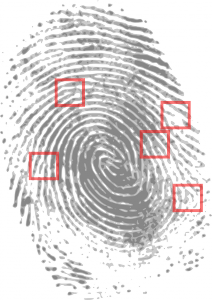 Evidence is necessary to back up any claim, so legal professionals have to present proof to pursue any case further in court. It can be in different forms, such as documents, witness statements, sound and video recordings, and testimonies. It’s ideal to present the best evidence possible; the more solid it is, the more it’s possible to help win the trial.
Evidence is necessary to back up any claim, so legal professionals have to present proof to pursue any case further in court. It can be in different forms, such as documents, witness statements, sound and video recordings, and testimonies. It’s ideal to present the best evidence possible; the more solid it is, the more it’s possible to help win the trial.
Law information sites, such as Nolo.com and Lawyers.com, and litigation consulting companies like trialexhibitsinc.com, agree that having evidence might not be enough. It has to be concise yet believable, so the court can consider it as a basis when making the final ruling.
Easy-to-Understand Evidence
It’s not easy to explain everything in words. When the talk is about specific matters that people who only have knowledge in the field will understand, it might leave others scratching their heads. Describing incidents and evidence in court might not go smoothly because the jury and everybody attending the trial has to imagine and understand each aspect.
Fortunately, advances in technology are helping legal professionals present evidence in court. As digital techniques like photography and 3D animation are becoming common, everybody in the courtroom can visualize the reasoning behind the case at hand.
Photography vs. 3D Animation
Photography is advisable for evidence that legal professionals can present as is. All they need is a high quality image, which they can explain and examine. As for 3D animation, this is ideal for explaining scenarios that are impossible to reenact like vehicle crashes and human errors resulting in severe injury. In some cases, it’s also ideal for scientific explanations like those involving the organs and systems of the body.
It’s now easier to present evidence in court with the help of technological advances. All you need is to choose the right method to explain it better to everybody present in the trial.